You spent hours drilling these so-called ‘facts’ into your brain—only to find out they don’t matter at all.

Remember cramming for tests, desperately trying to memorize facts you were told were essential for success? Turns out, a lot of that mental effort was completely wasted. Schools drilled certain “truths” into Boomers’ brains, only for many of them to become irrelevant—or flat-out wrong.
Yet, teachers swore we’d need them for the rest of our lives. Spoiler: we didn’t. If you’ve ever wondered how much time you spent memorizing useless information, get ready for a nostalgic (and slightly frustrating) trip down memory lane.
1. Pluto Is the Ninth Planet in the Solar System.

For years, teachers drilled into our heads that Pluto was the ninth planet. We had to memorize the order of the planets, and Pluto proudly sat at the end. Then, in 2006, scientists decided Pluto didn’t make the cut and demoted it to a “dwarf planet.” Just like that, all those school lessons became outdated. And while Pluto still holds a special place in our hearts, it turns out we didn’t really need to memorize it after all. (Source: Library of Congress)
2. Columbus Discovered America in 1492.
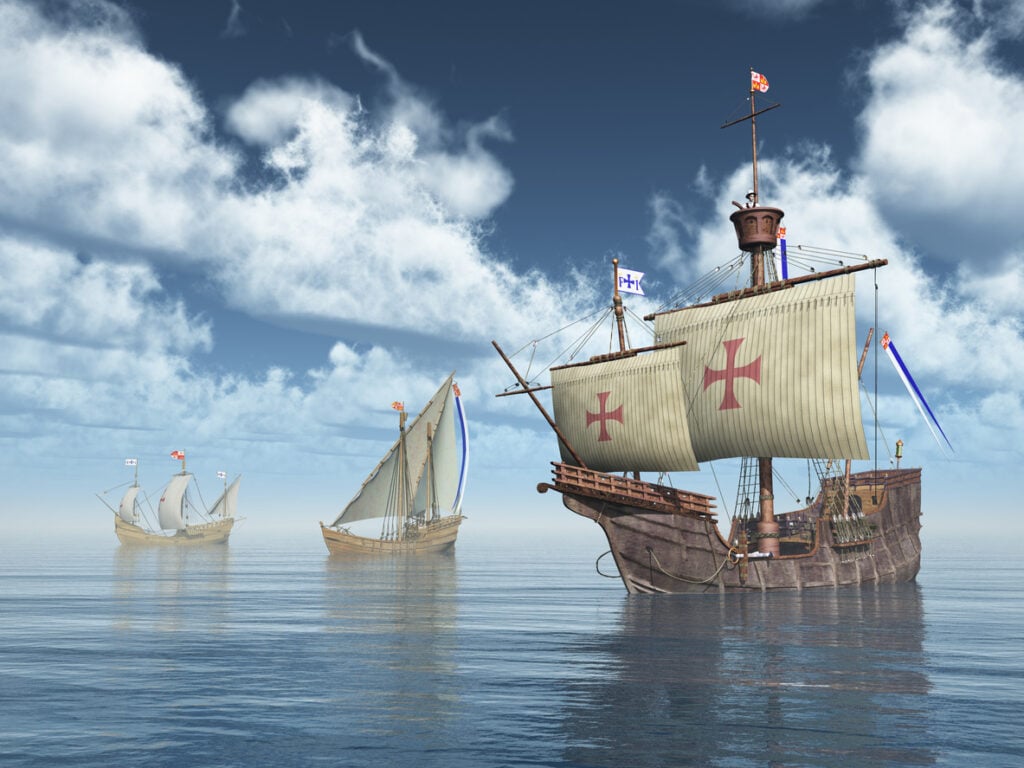
We all chanted “In 1492, Columbus sailed the ocean blue” as if it were gospel. But history books left out a few key details—like the fact that indigenous people were already here and that the Vikings may have landed in North America centuries earlier. Yet, we had to memorize that date as if Columbus single-handedly created the continent. Turns out, history is a bit messier than those simple rhymes made it seem.
3. Blood Is Blue Inside Your Body Until It Hits Oxygen.

At some point, a teacher probably told you that blood is blue until it reaches the air, which is why veins look blue under your skin. Sounds scientific, right? Nope! Blood is always red—veins just appear blue because of how light interacts with your skin. Yet, for some reason, this myth spread like wildfire, and we all had to memorize it like a hard fact. If only we’d questioned it back then!
4. George Washington Had Wooden Teeth.
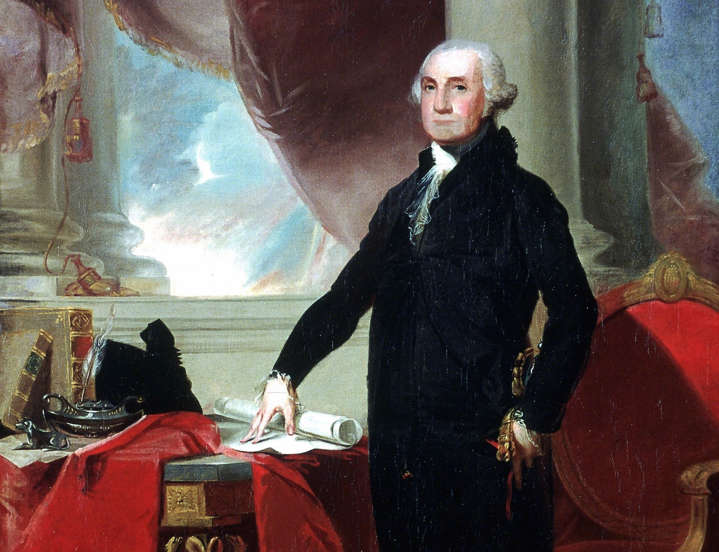
This was one of those fun historical “facts” teachers loved to share. But surprise—Washington never had wooden teeth. His dentures were made from a mix of human and animal teeth, ivory, and even metal. A little less charming, huh? Yet, for years, we confidently repeated the wooden teeth story like it was absolute truth. It’s funny how some myths take on a life of their own, even in the classroom.
5. The Great Wall of China Is the Only Man-Made Structure Visible from Space.

This one sounded so impressive that we never even questioned it. But astronauts have debunked this claim—while the Great Wall is long, it’s not particularly wide or distinct enough to stand out from space. Cities, highways, and even some airports are actually easier to spot. Yet, for decades, we parroted this “fact” without realizing it was more fiction than reality.
6. Bats Are Completely Blind.

We were taught that bats were totally blind and relied only on echolocation to get around. Turns out, that’s not true at all—bats can see, and some even have decent eyesight. They do use echolocation, but not because they’re blind. It’s just a more efficient way to navigate in the dark. Another classic case of a fun-sounding “fact” that turned out to be totally wrong.
7. Humans Only Use 10% of Their Brains.

This one was repeated so often that it seemed like a scientific fact. Teachers swore we had all this untapped brain potential just waiting to be unlocked. But neuroscientists have thoroughly debunked this myth—our brains are constantly active, and every part has a function. If we truly only used 10%, brain damage wouldn’t be nearly as devastating as it is. So much for all those daydreams about unlocking superhuman intelligence.
8. Mount Everest Is the Tallest Mountain in the World.

Technically, this one seems true—Everest is the tallest above sea level. But when measured from base to peak, Hawaii’s Mauna Kea is actually taller. And if we go by farthest point from the Earth’s center, a mountain in Ecuador takes the crown. Yet, Everest was drilled into our heads as the tallest without any qualifiers. Turns out, there’s always more to the story than a simple trivia answer.
9. There Are Four Oceans in the World.
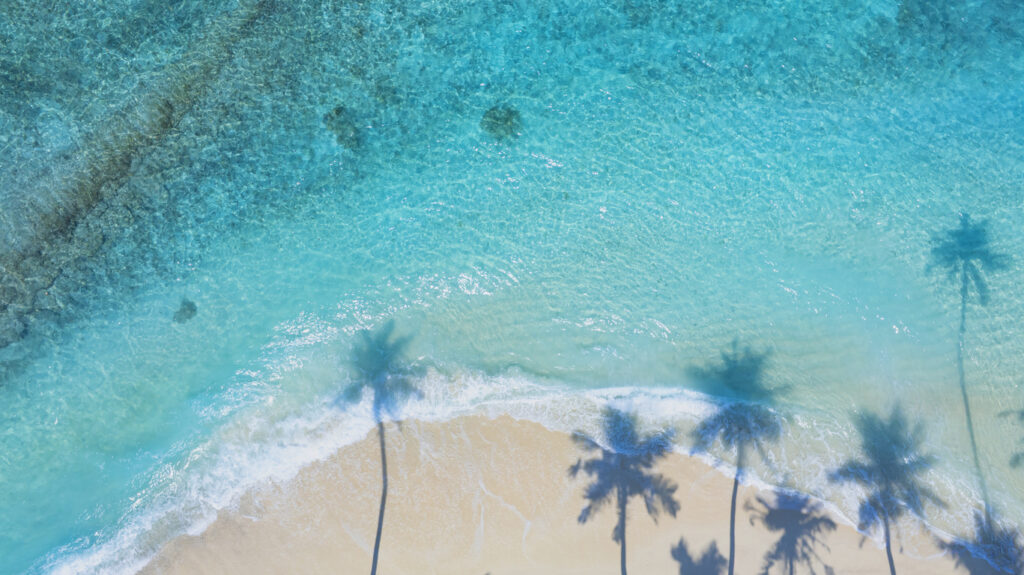
We had to memorize the Atlantic, Pacific, Indian, and Arctic Oceans as the four official ones. Then, out of nowhere, scientists decided to add a fifth—the Southern Ocean. While it makes sense from a geographical and scientific perspective, it made all those school quizzes instantly outdated. If only we had known back then that even something as massive as an ocean could be subject to change.
10. Diamonds Are Made from Coal.
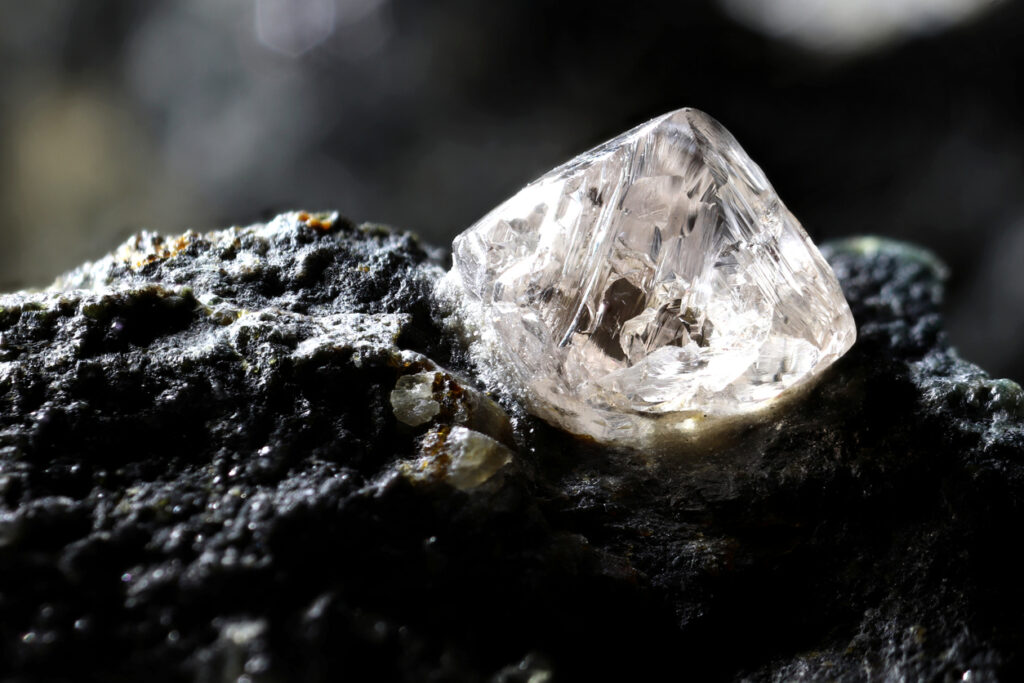
This one sounds logical, but it’s not actually true. Coal and diamonds both contain carbon, but they form under completely different conditions. Coal comes from ancient plant material, while diamonds form deep in the Earth under immense pressure and heat. Yet, for some reason, teachers loved telling us that coal magically transforms into diamonds over time. Turns out, science had a different explanation.
11. Einstein Failed Math.
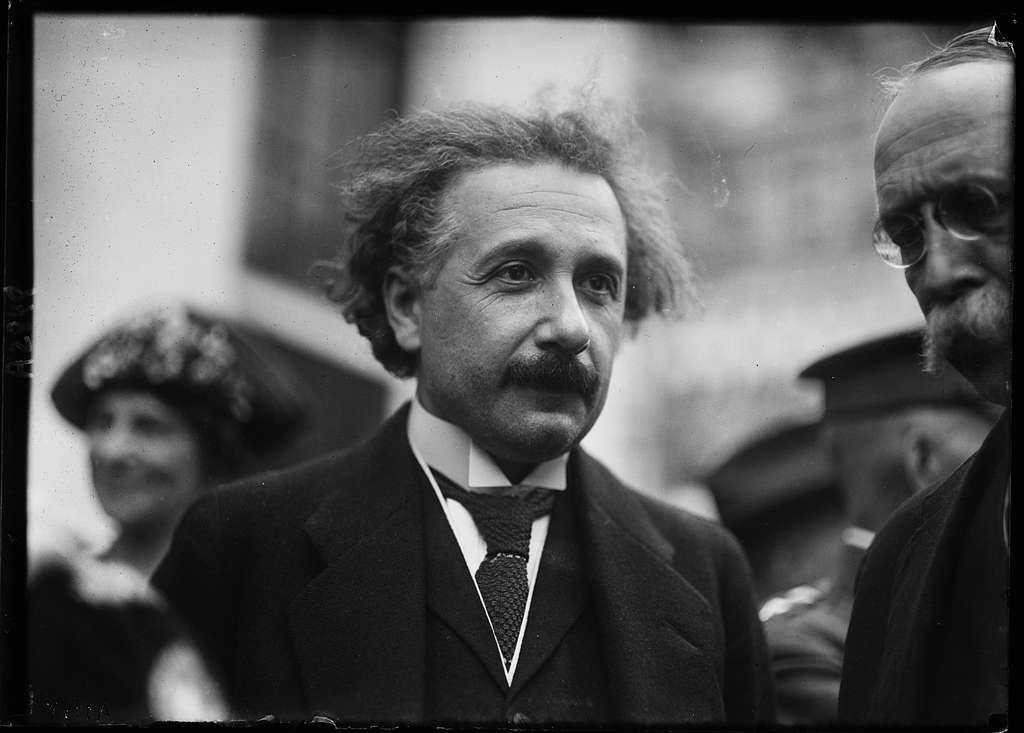
Teachers loved using this “fact” as proof that even geniuses can struggle in school. But Einstein himself said it wasn’t true—he was actually excellent at math. The myth likely started because of a misunderstanding about how German grading worked. It’s ironic that a fact meant to inspire struggling students turned out to be completely false.
12. Chameleons Change Color to Blend in with Their Surroundings.

We all thought chameleons were nature’s ultimate camouflage artists, shifting colors to match whatever they touched. But that’s not how it works! Chameleons change color mostly due to mood, temperature, or communication, not as a disguise. Some can turn vibrant shades of red, yellow, or even blue—not exactly great camouflage in a green jungle. Yet, this fun but misleading “fact” was drilled into us like a basic law of nature.
13. The Tongue Has Separate Zones for Different Tastes.

Remember that diagram in school showing taste bud “zones” for sweet, salty, sour, and bitter? Turns out, that’s completely wrong. Every part of the tongue can detect all tastes—it’s just that some areas are slightly more sensitive than others. Yet, for years, we had to memorize a map of taste zones that was nothing more than outdated pseudoscience. Who knew our tongues had been misrepresented all this time?
14. The Forbidden City in China Got Its Name Because No One Could Enter.

This one made it sound like some ancient, off-limits fortress that no human ever stepped inside. In reality, the Forbidden City was home to Chinese emperors and their courts, and while access was restricted, it wasn’t completely off-limits. The name comes from a translation of a Chinese phrase that means “Purple Forbidden City,” referring to its connection to the heavens. But we all memorized the incorrect, dramatic version instead!
15. Napoleon Was Extremely Short.

We all learned that Napoleon was a tiny man with a big attitude, but in reality, he was around 5’6” or 5’7”—average height for his time. The myth started because of a mix-up in French and British measuring systems, plus some British propaganda that painted him as an angry little guy. Yet, the idea of a “Napoleon complex” still exists today, all because of a historical exaggeration we memorized in school.
